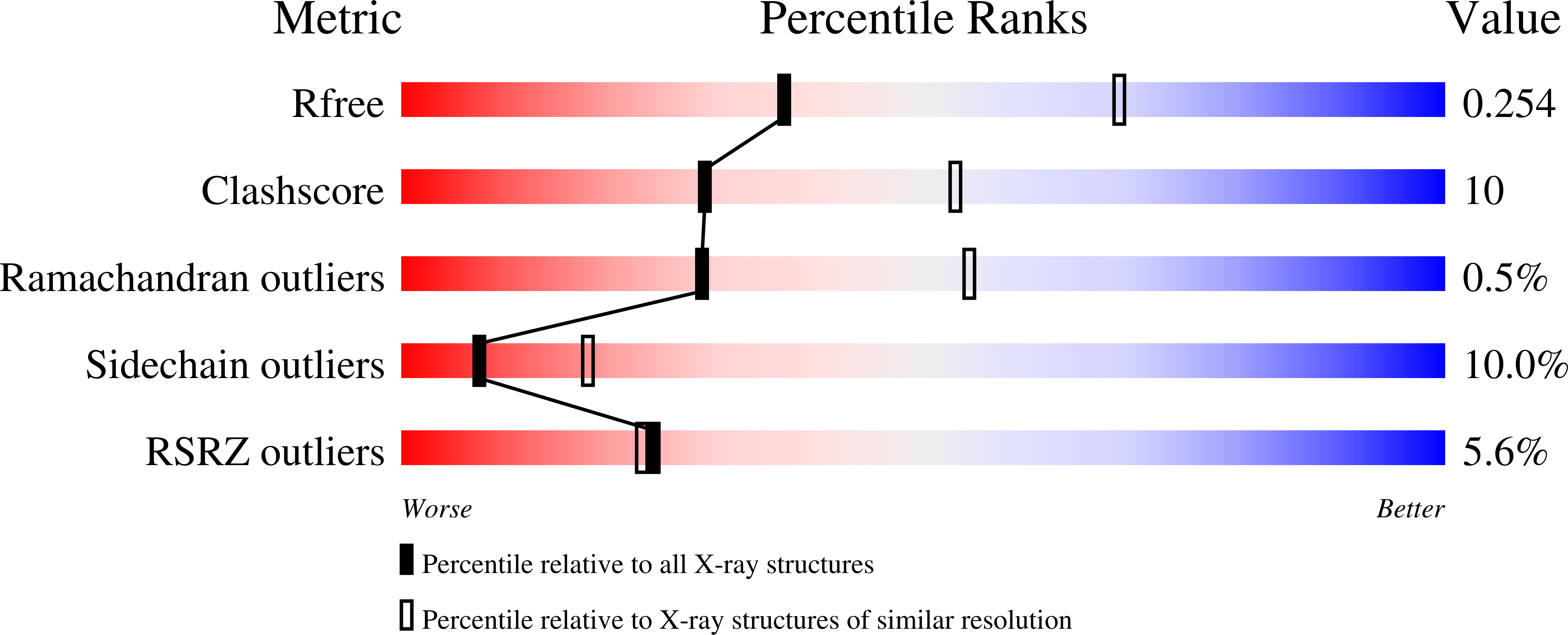
Deposition Date
2006-12-13
Release Date
2007-04-03
Last Version Date
2023-12-27
Entry Detail
Biological Source:
Source Organism:
Nicotiana tabacum (Taxon ID: 4097)
Nicotiana plumbaginifolia (Taxon ID: 4092)
Nicotiana plumbaginifolia (Taxon ID: 4092)
Host Organism:
Method Details:
Experimental Method:
Resolution:
2.70 Å
R-Value Free:
0.26
R-Value Work:
0.17
R-Value Observed:
0.18
Space Group:
I 41 2 2


